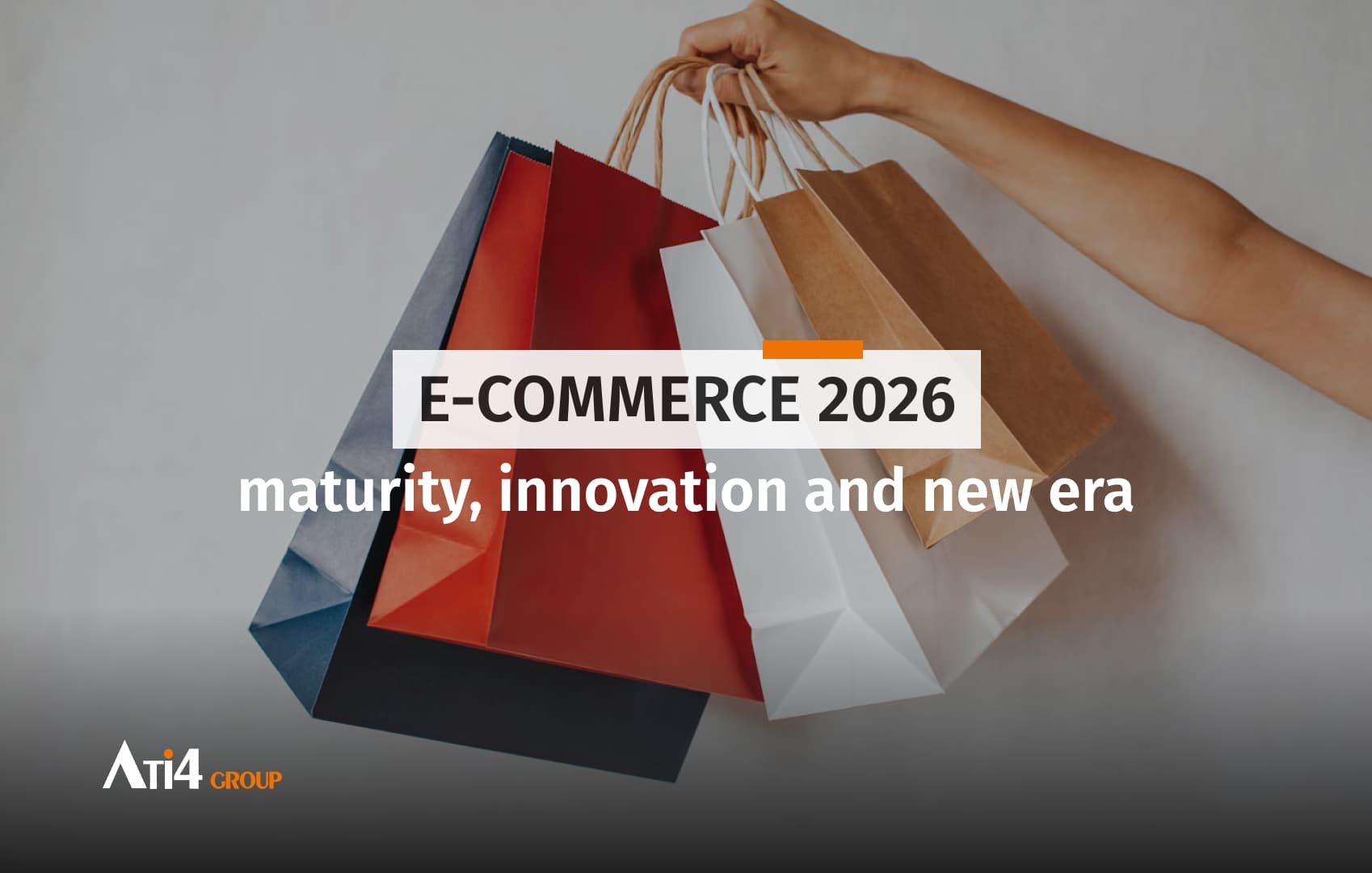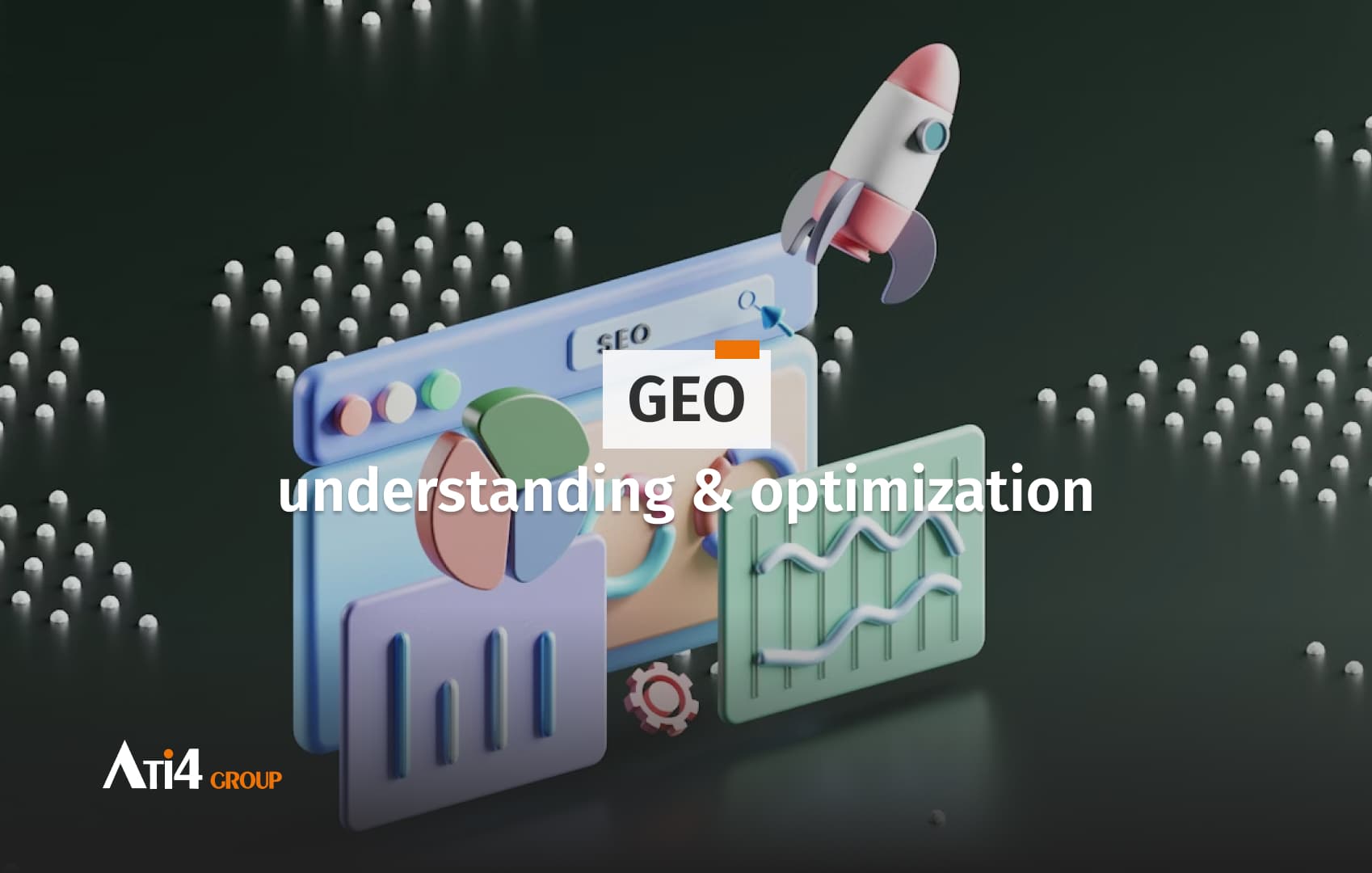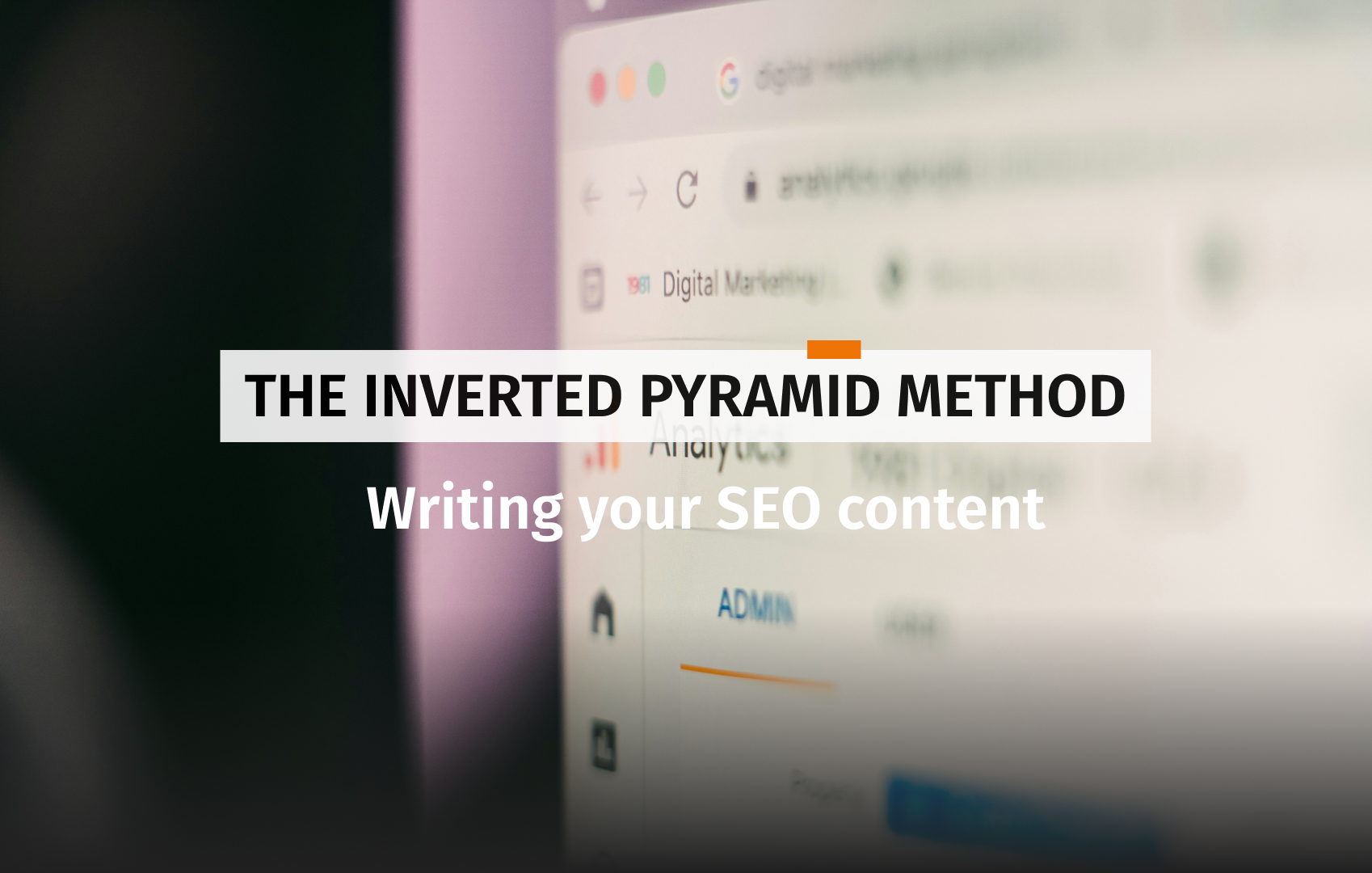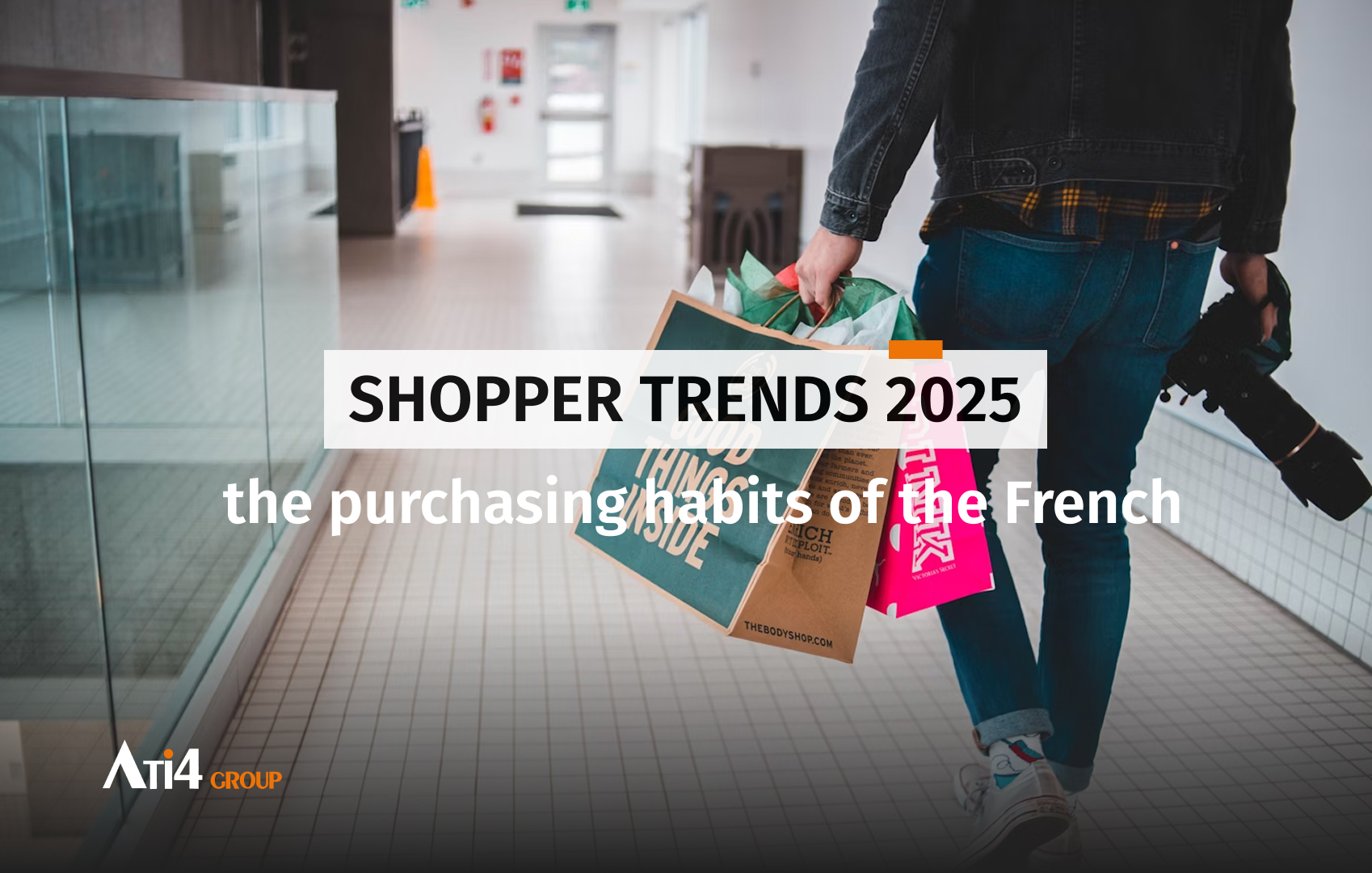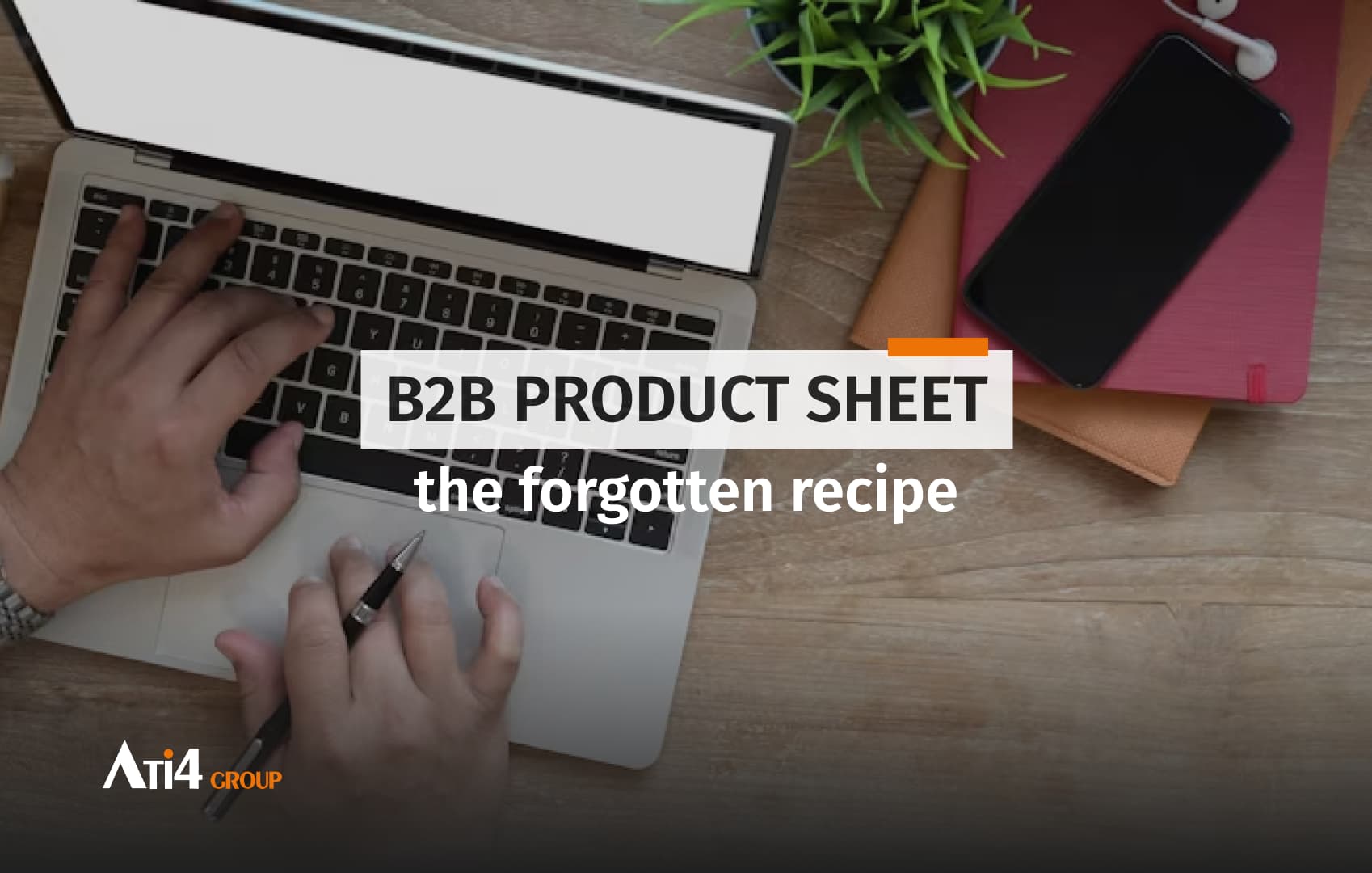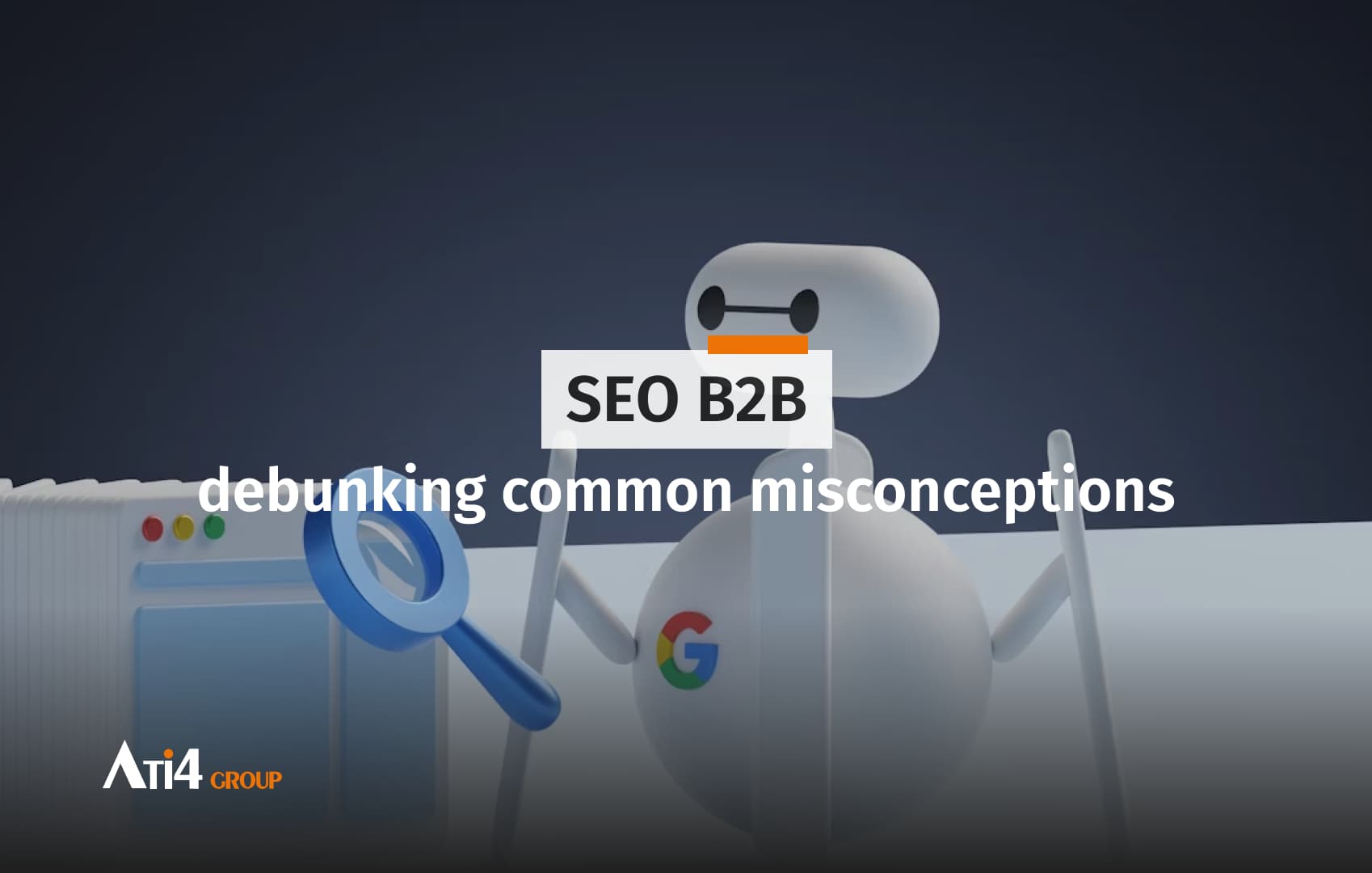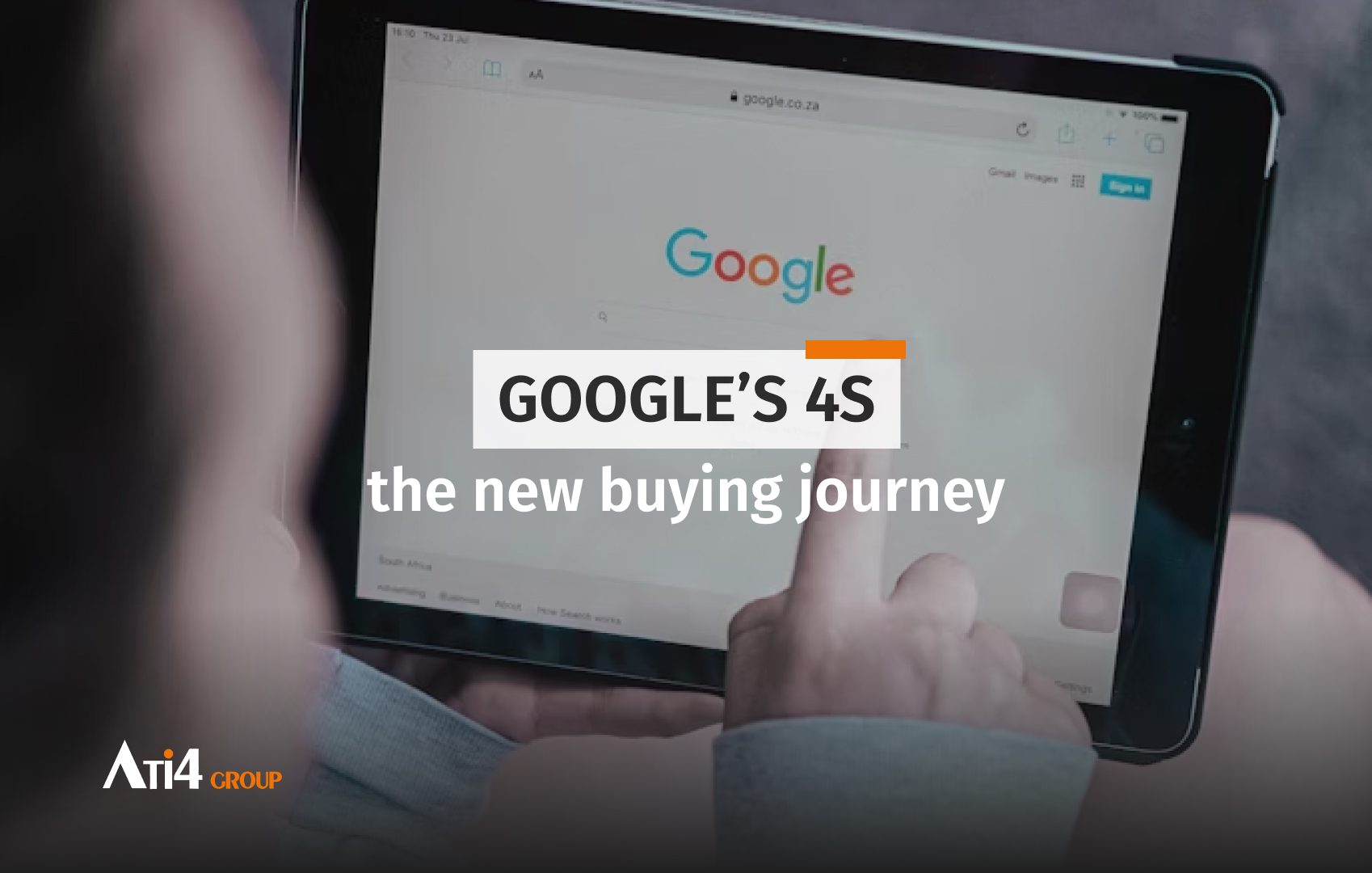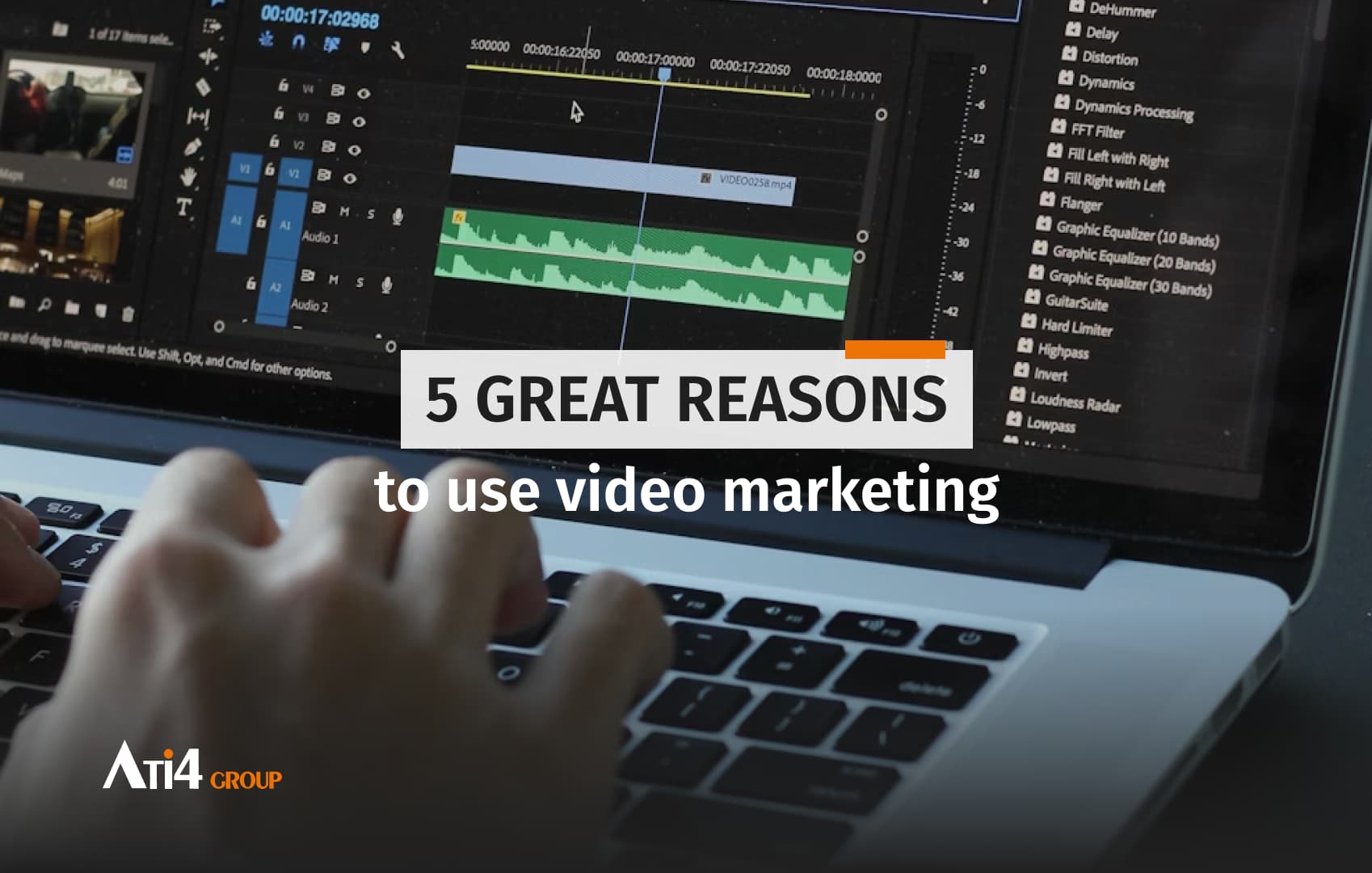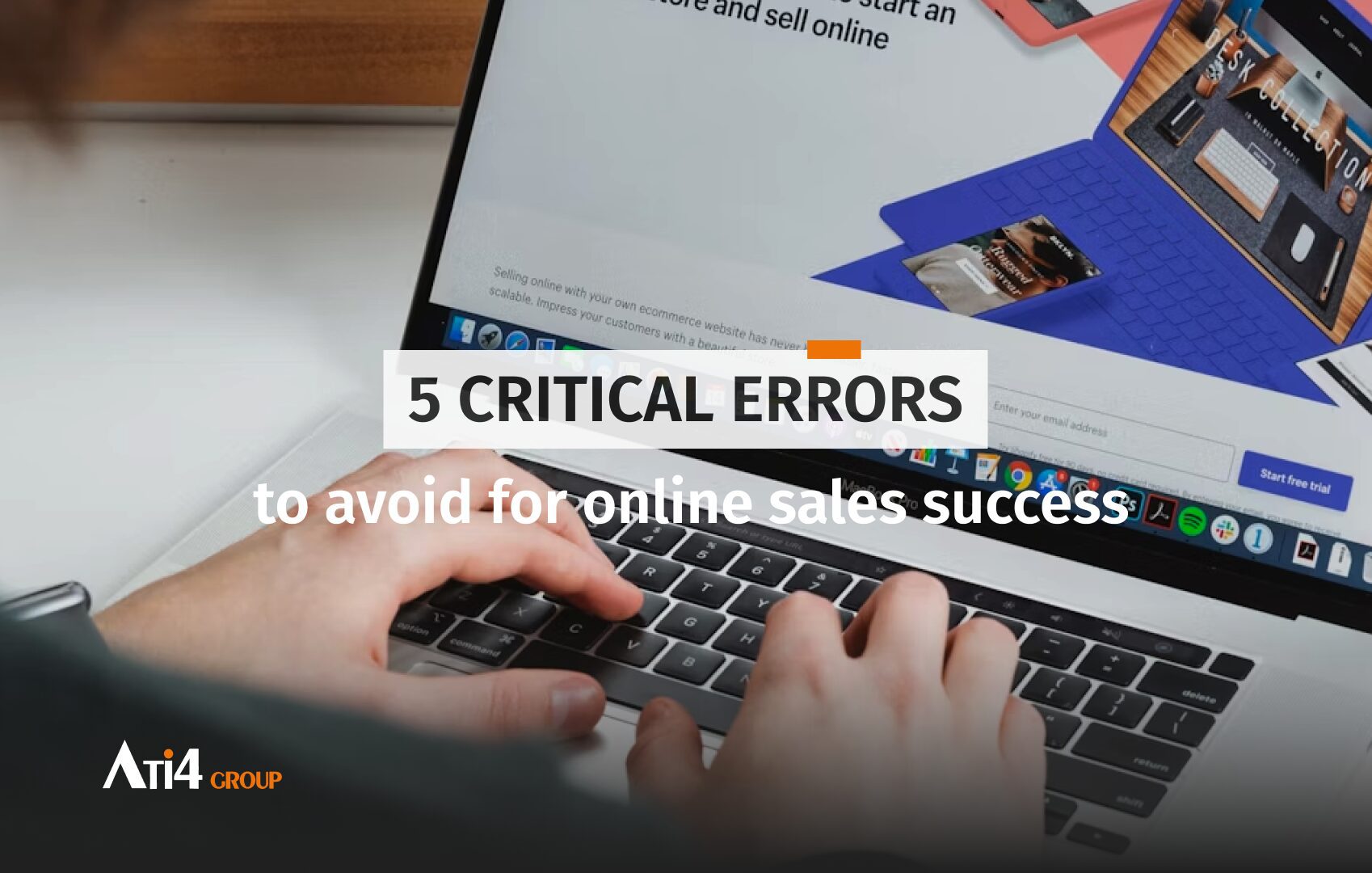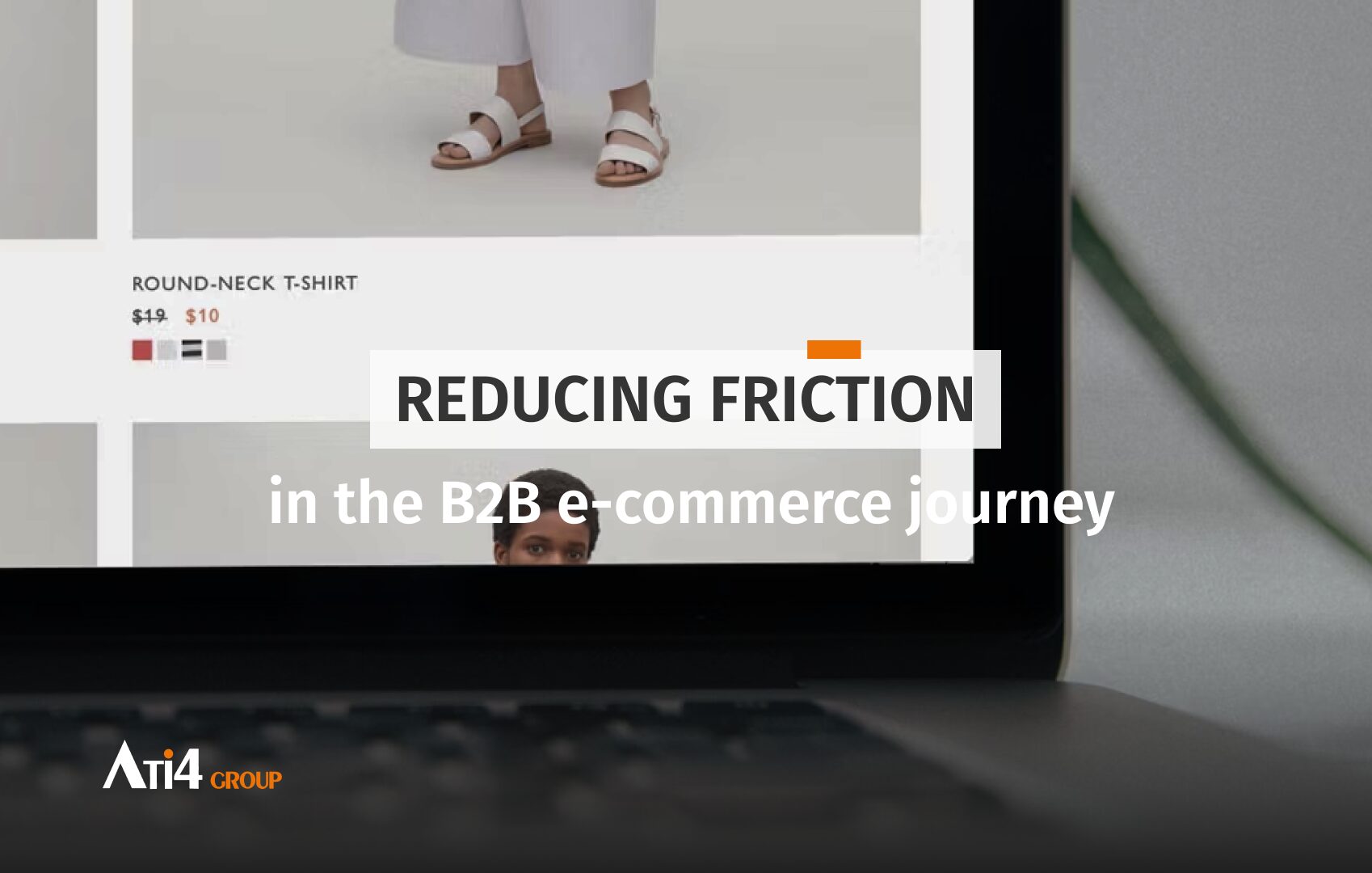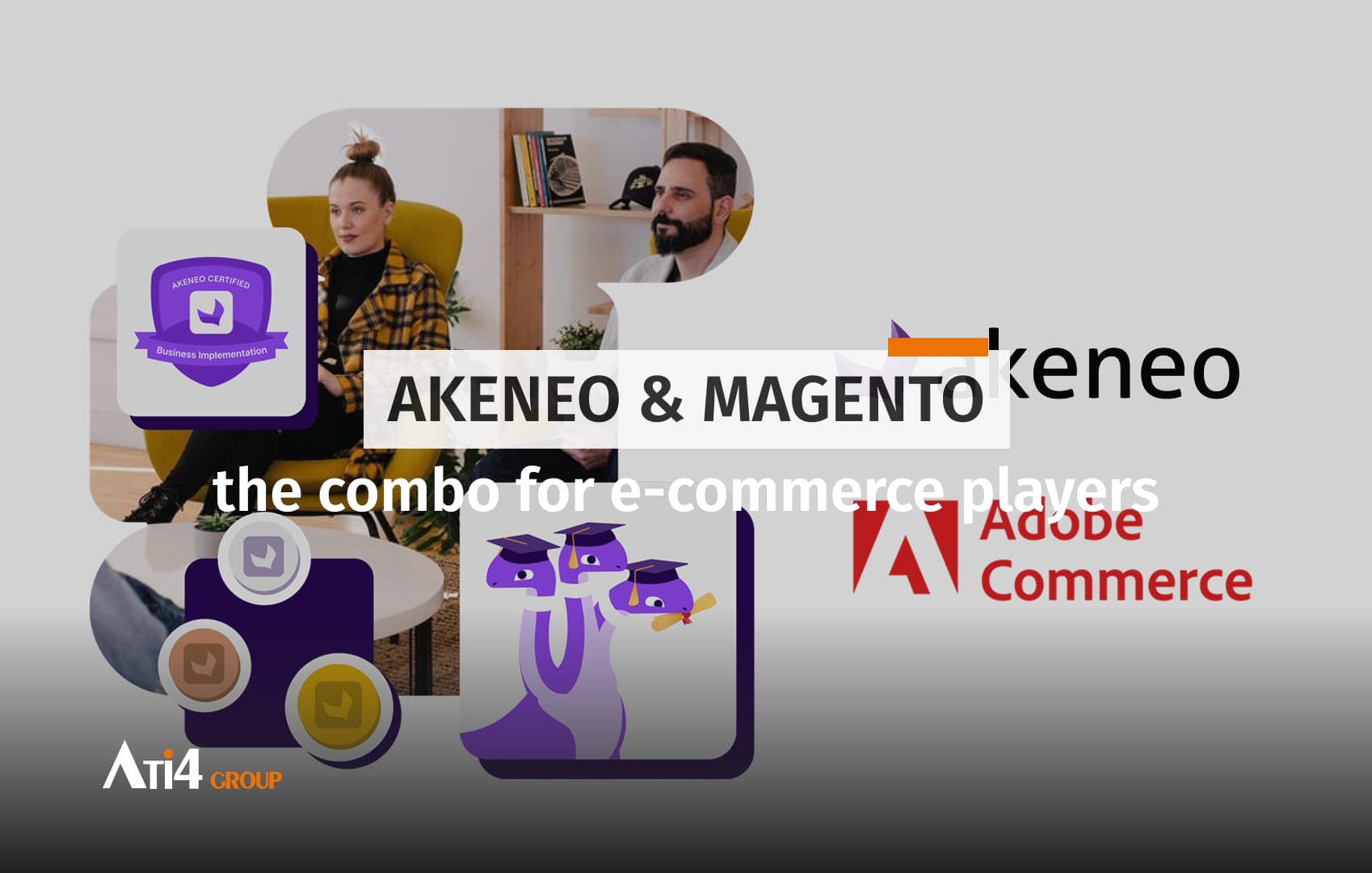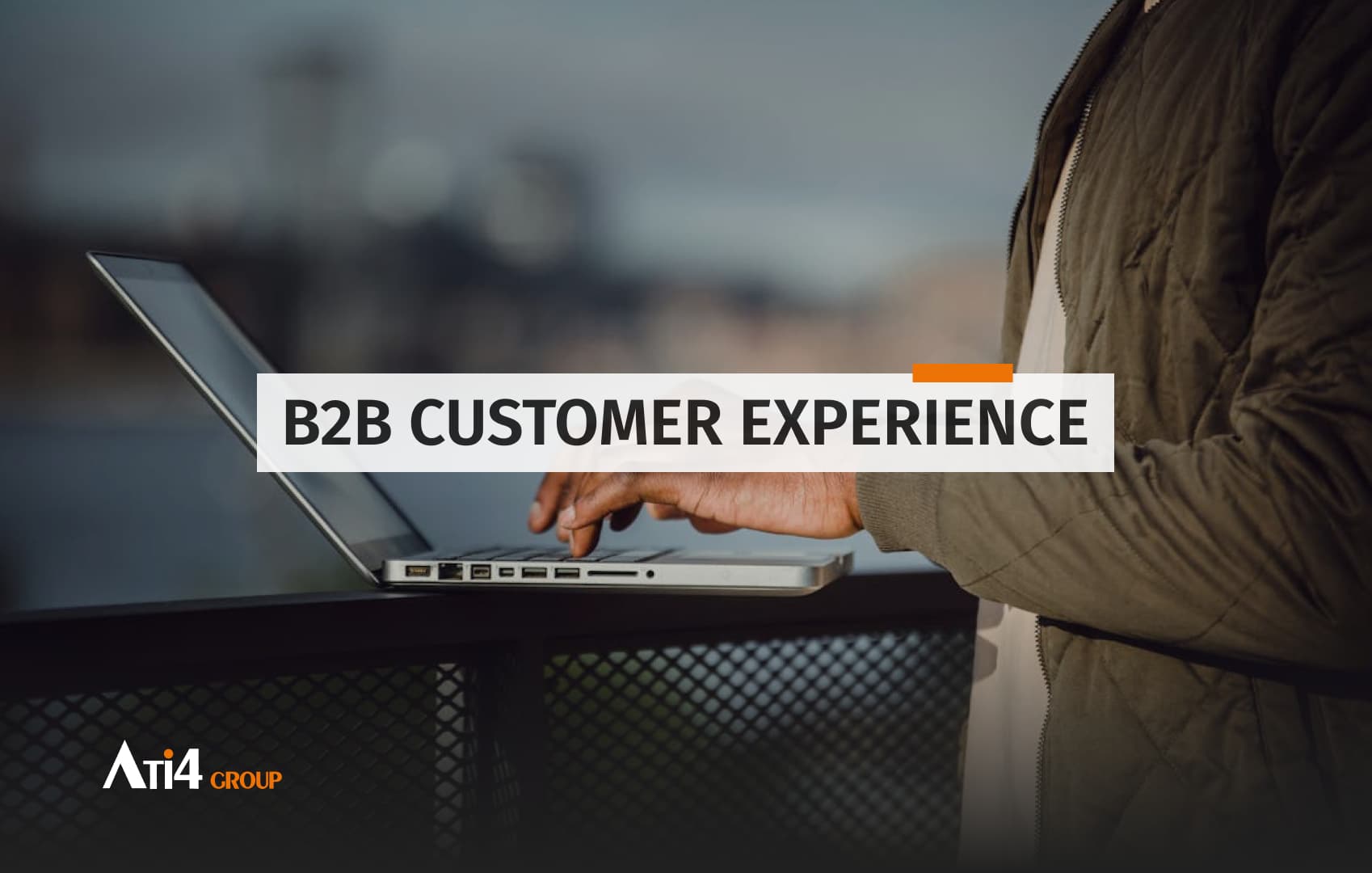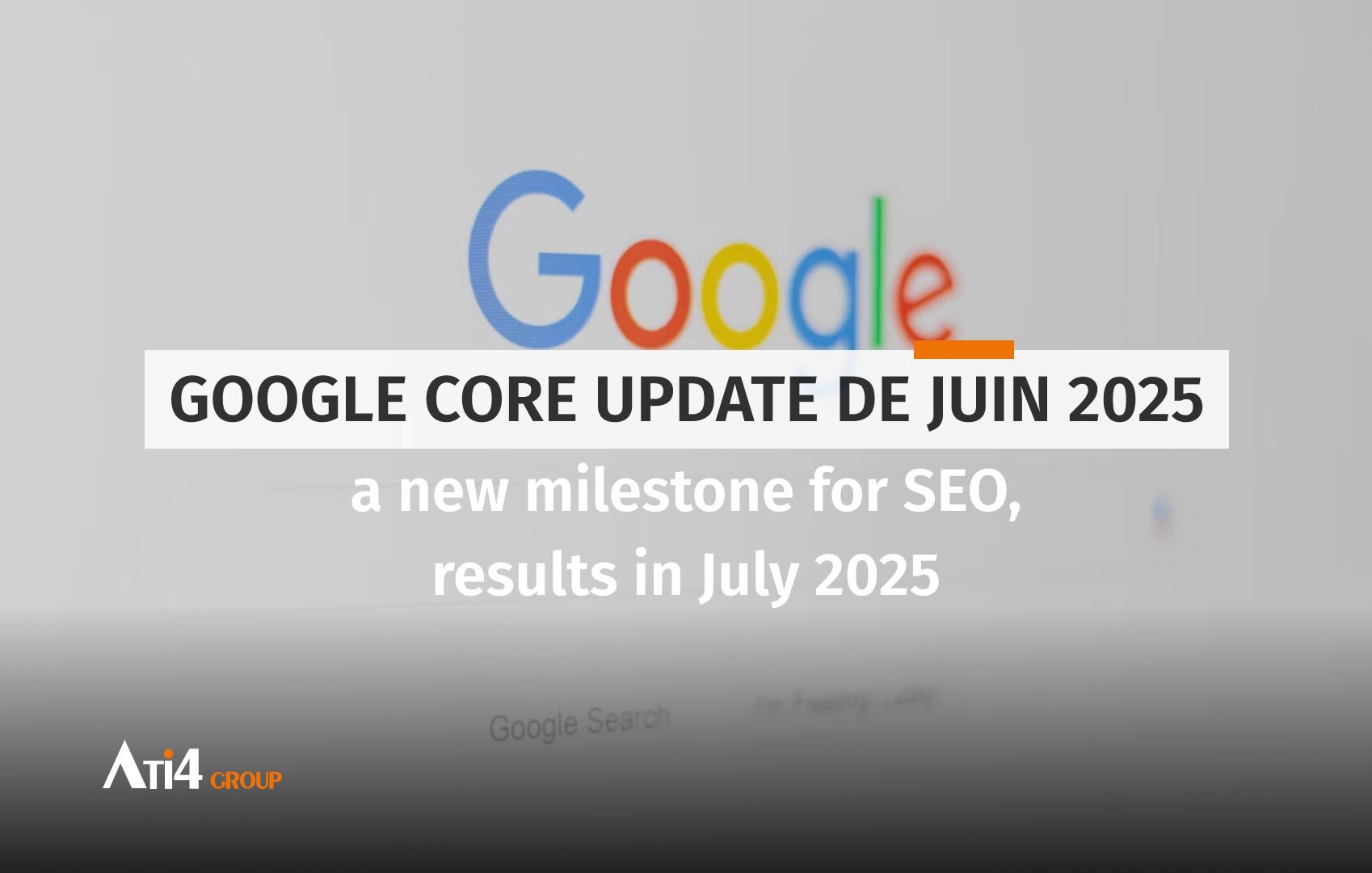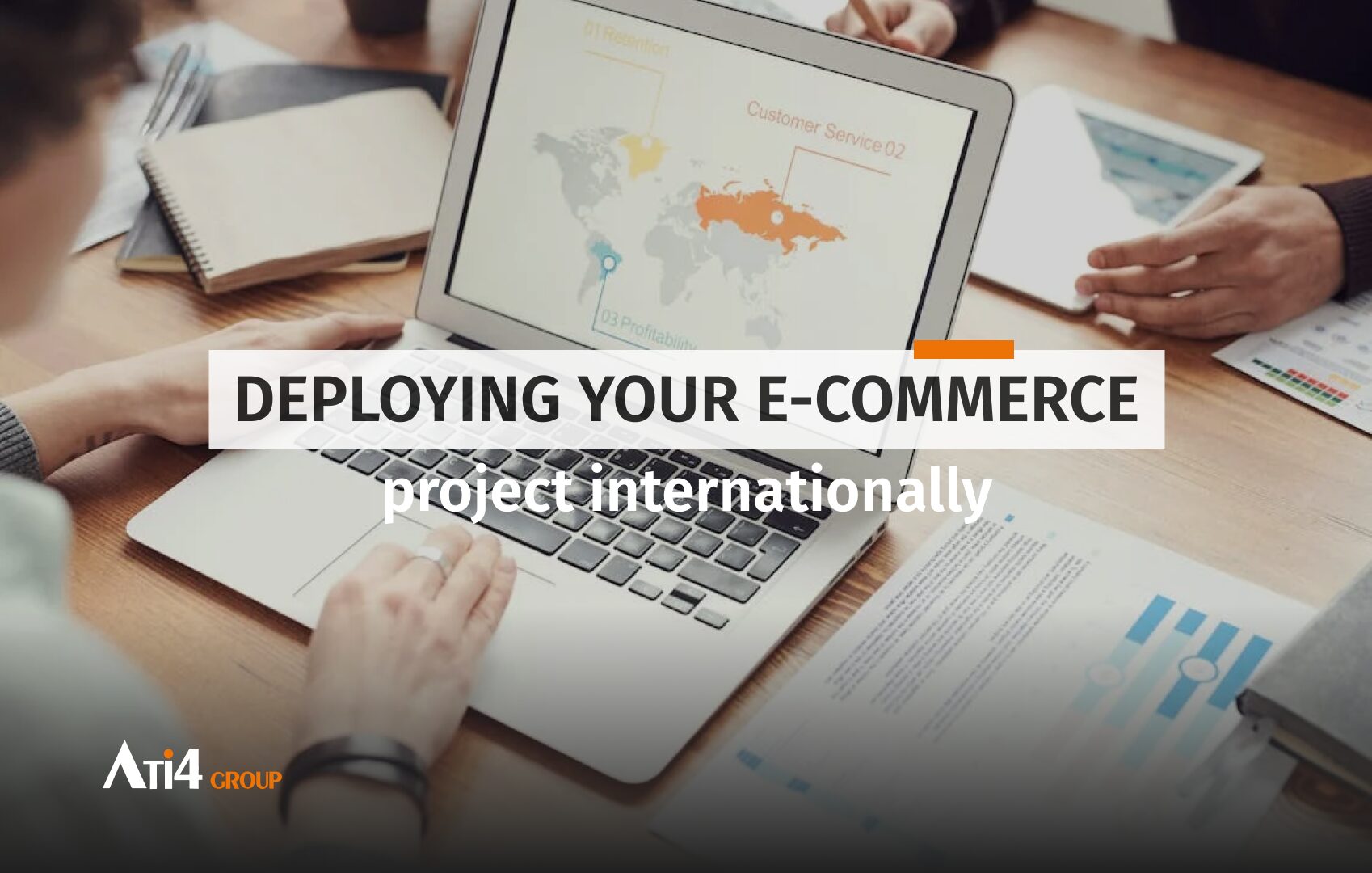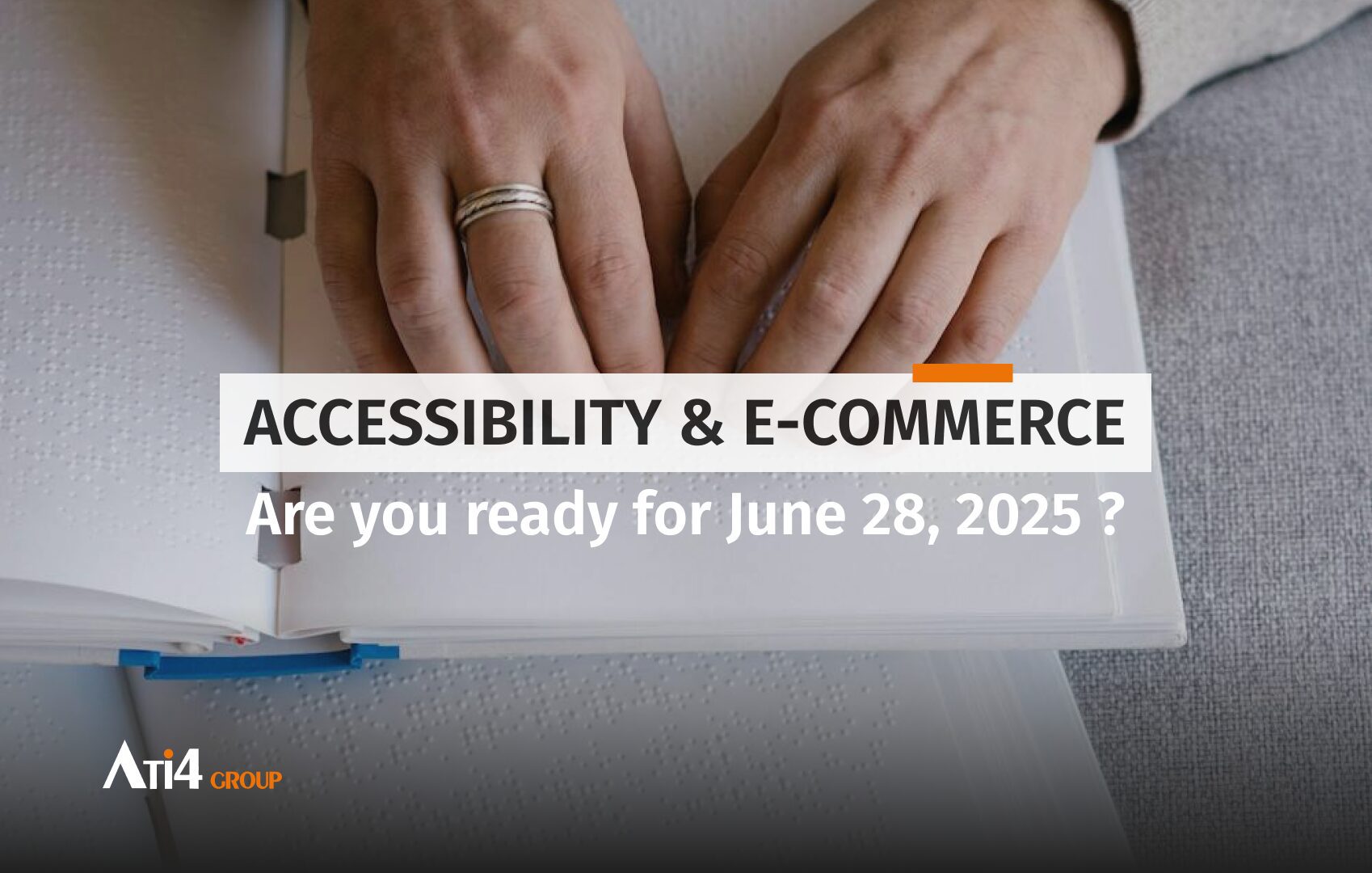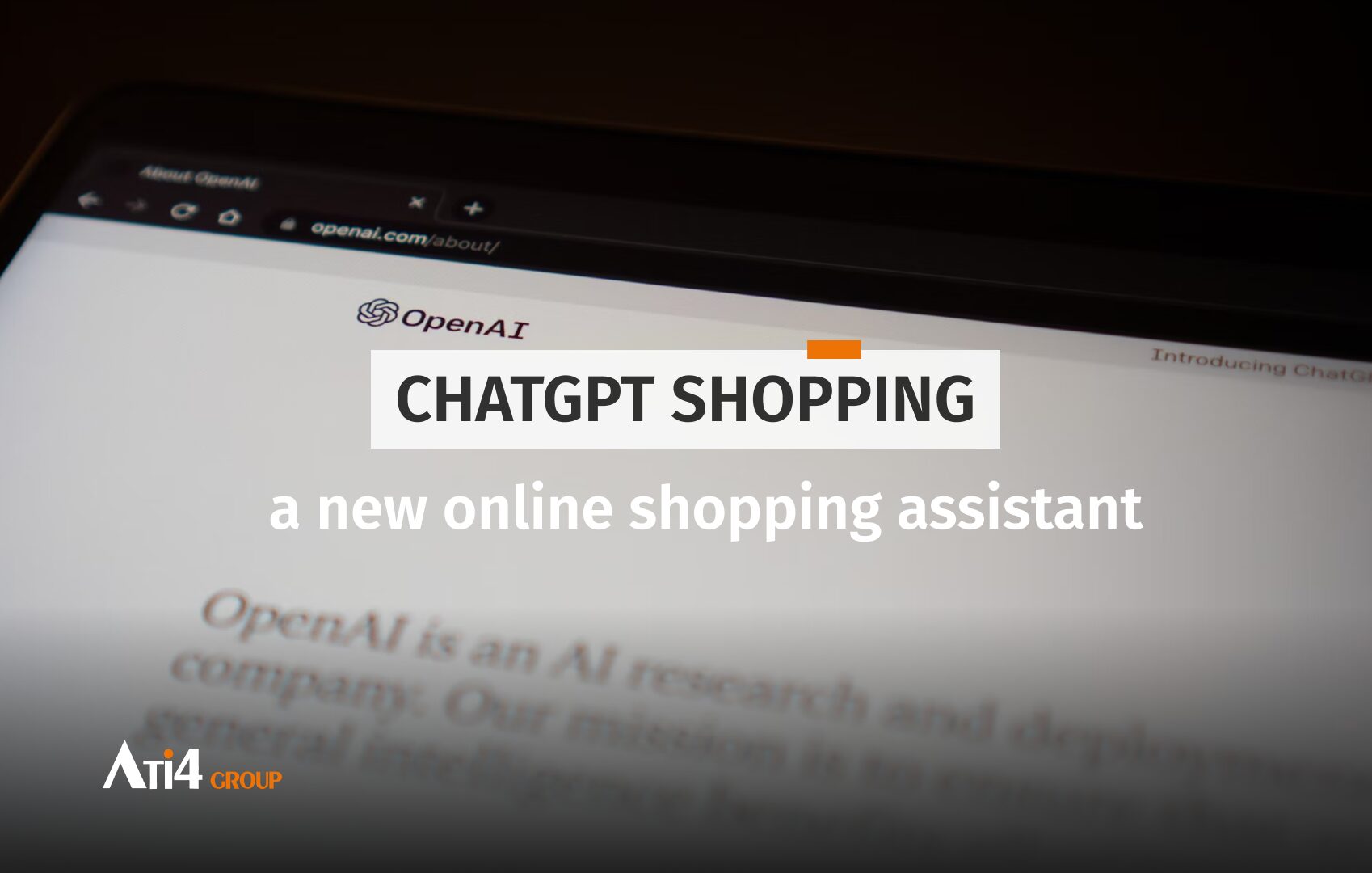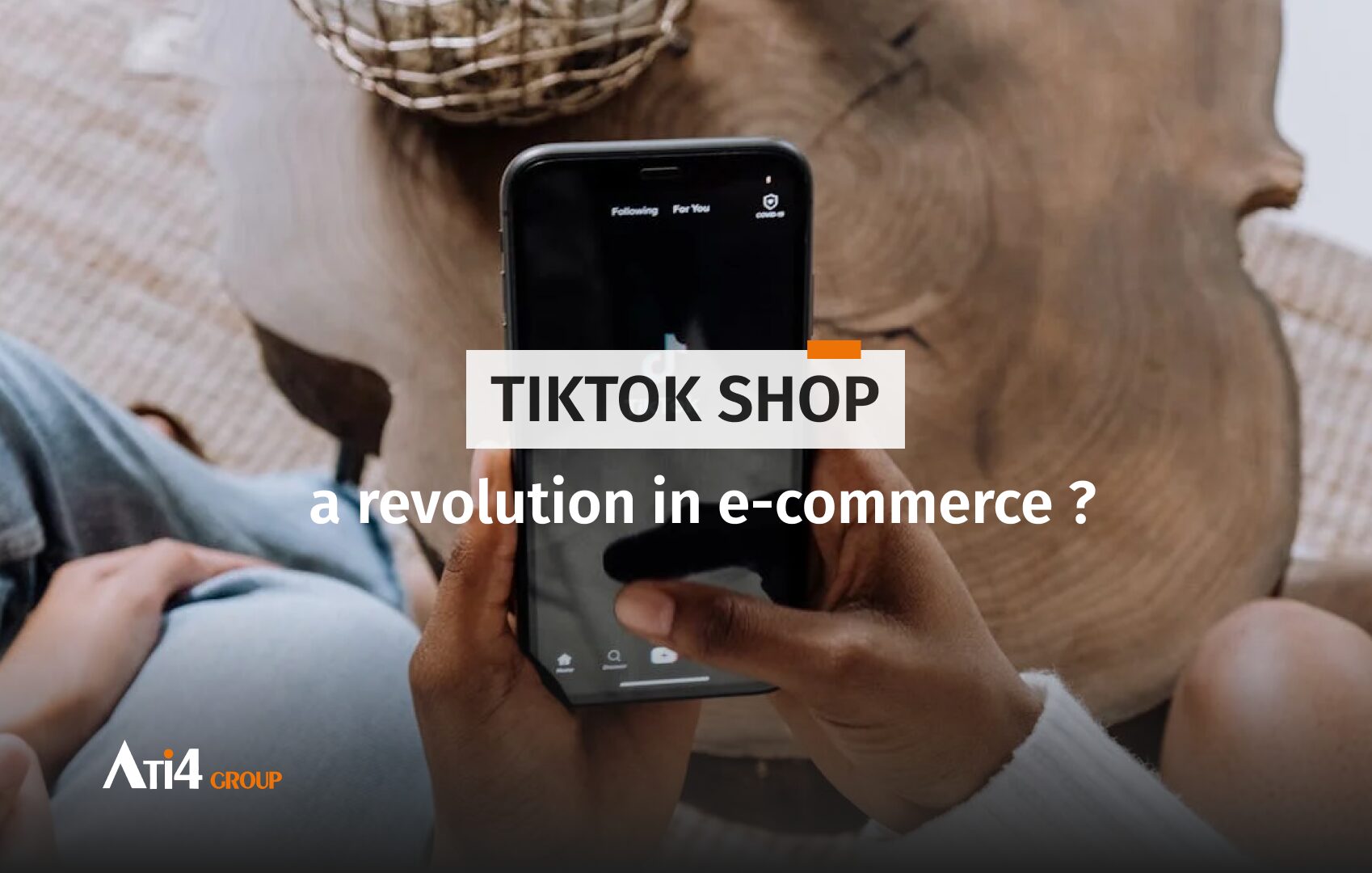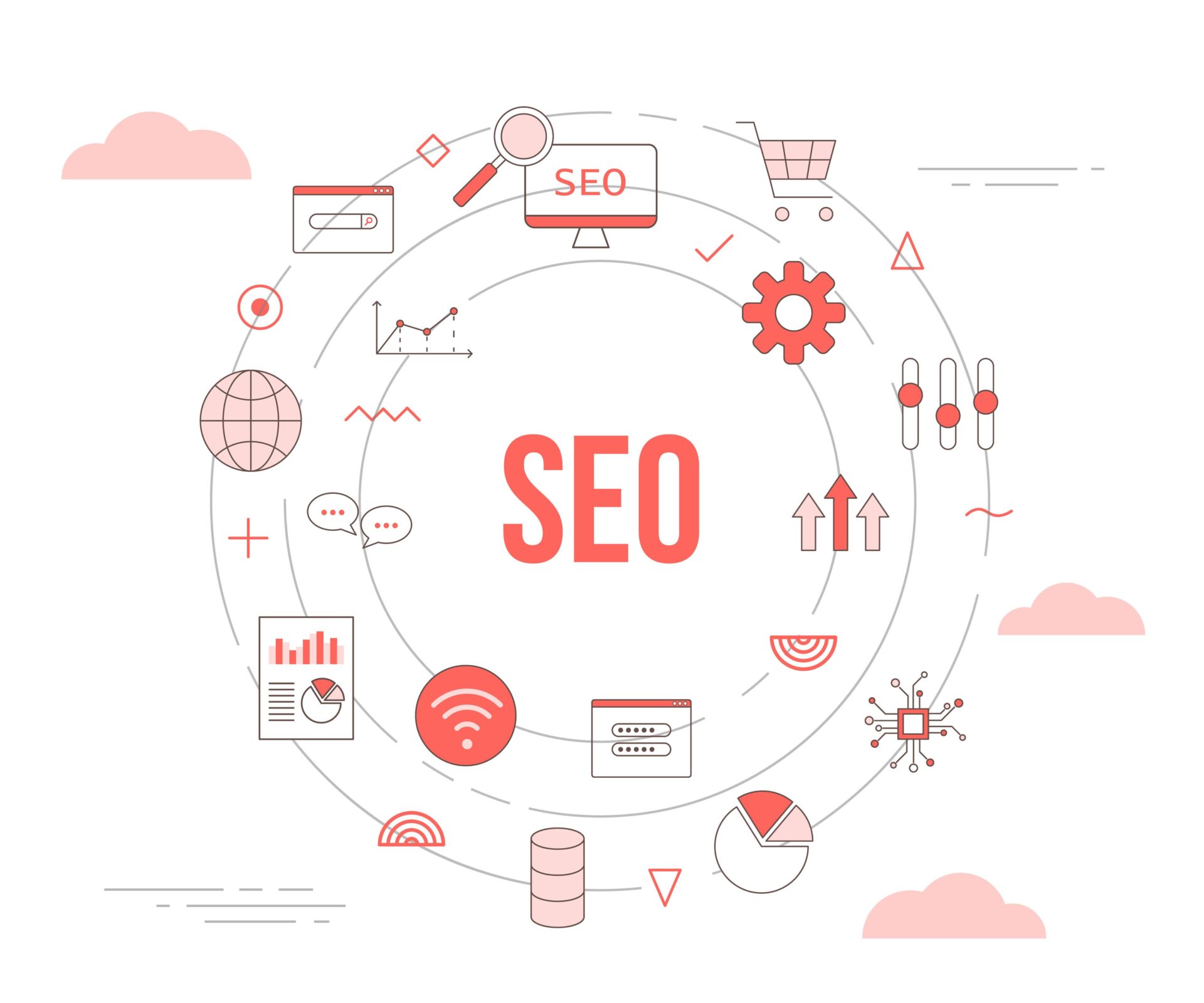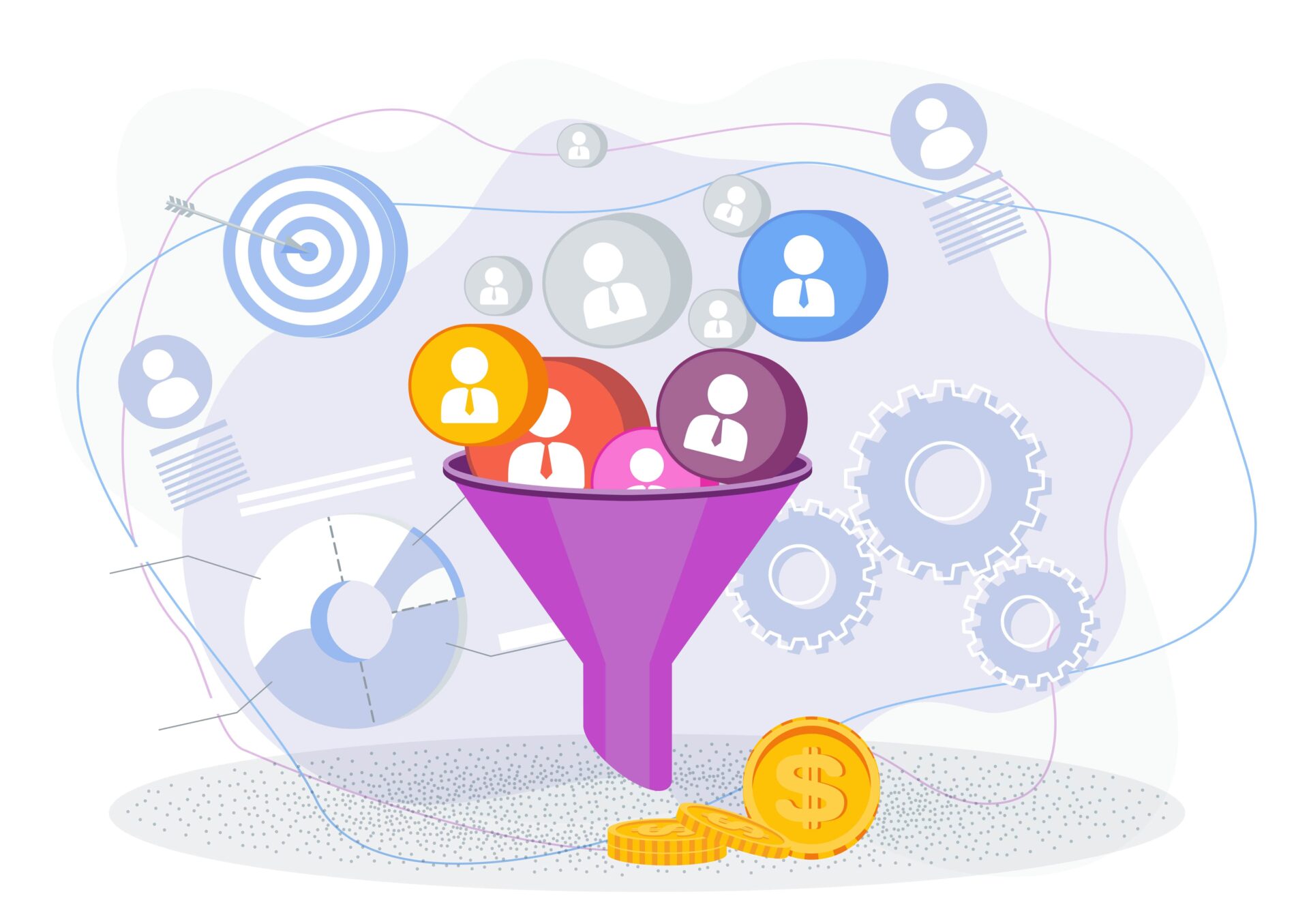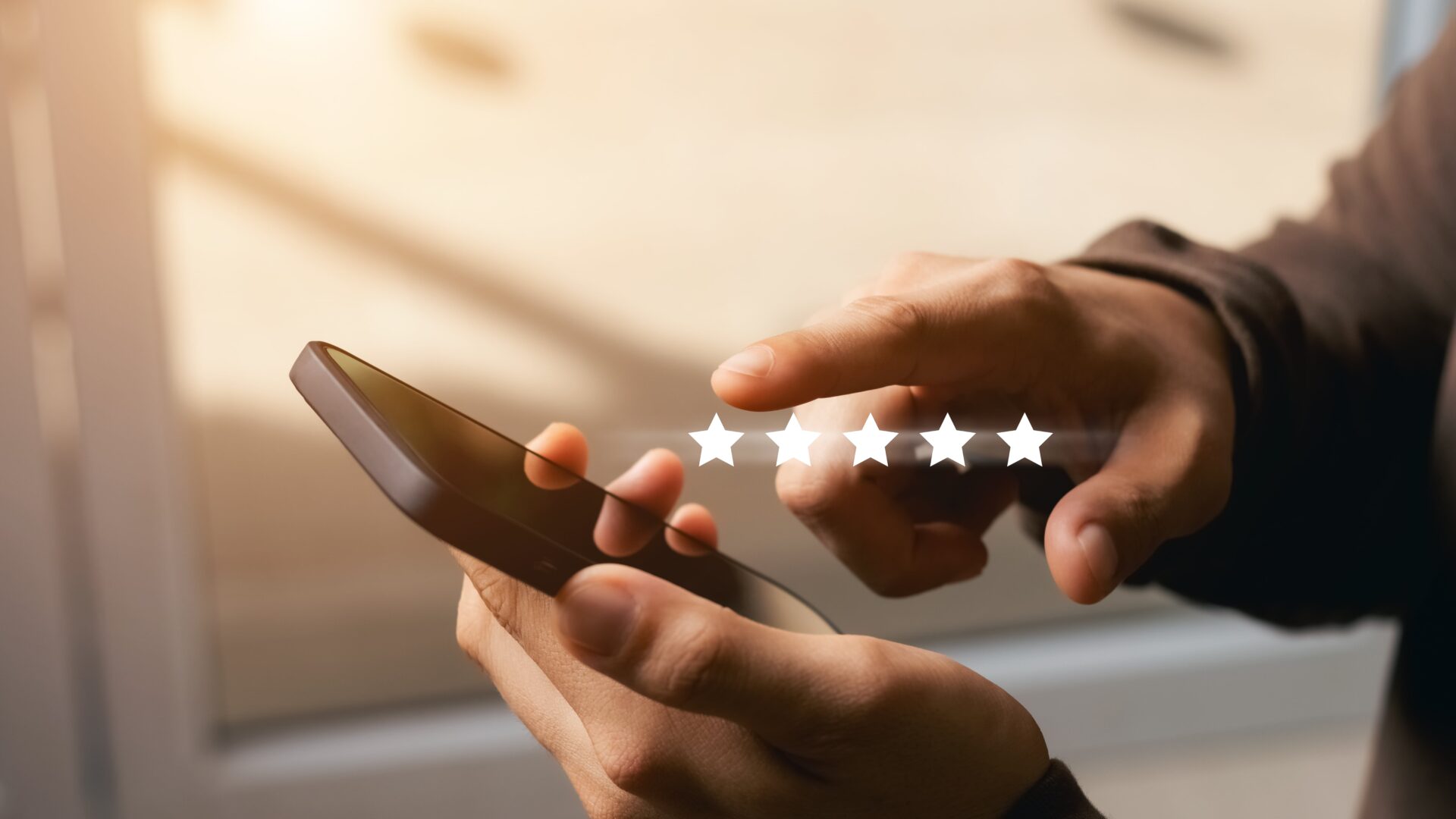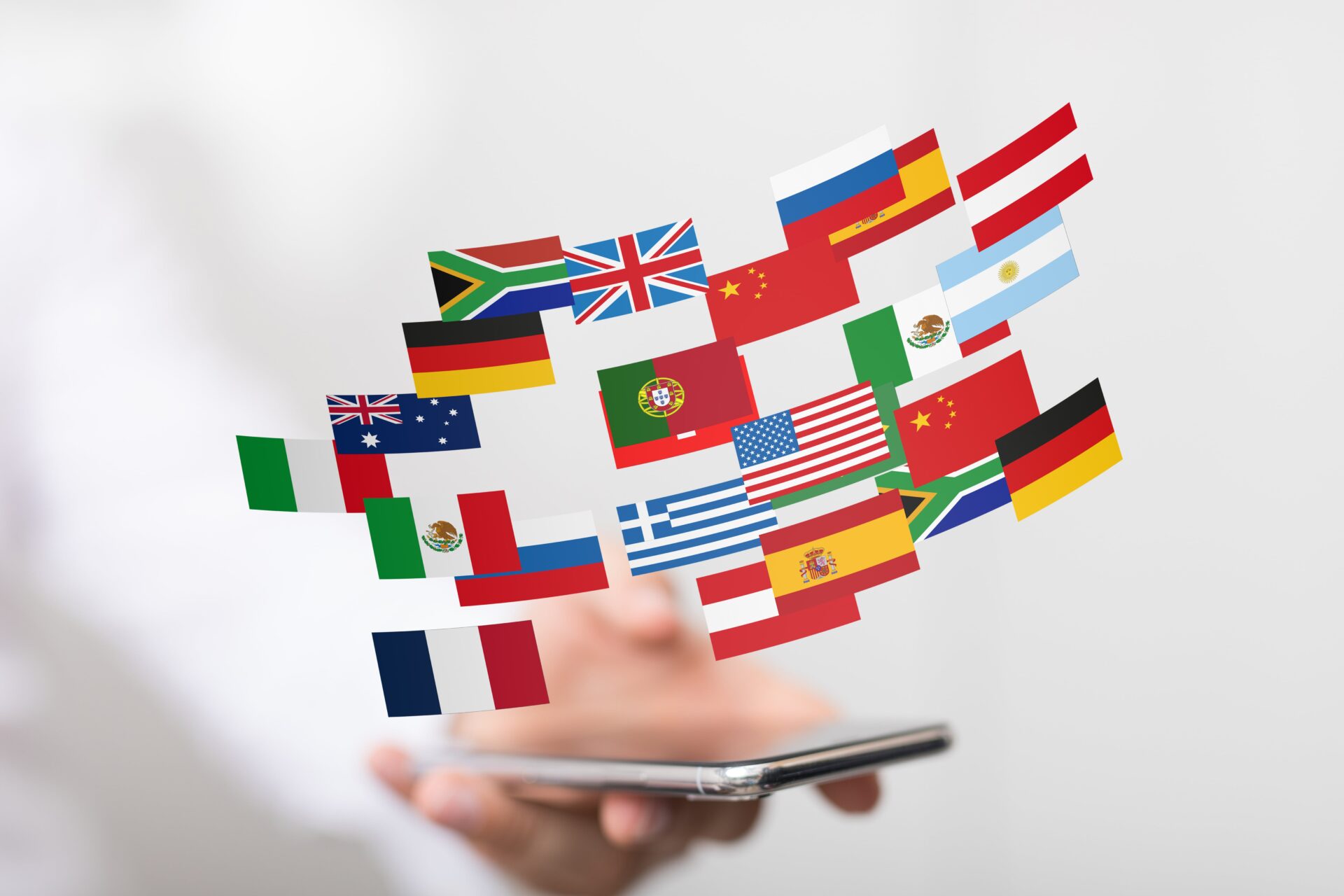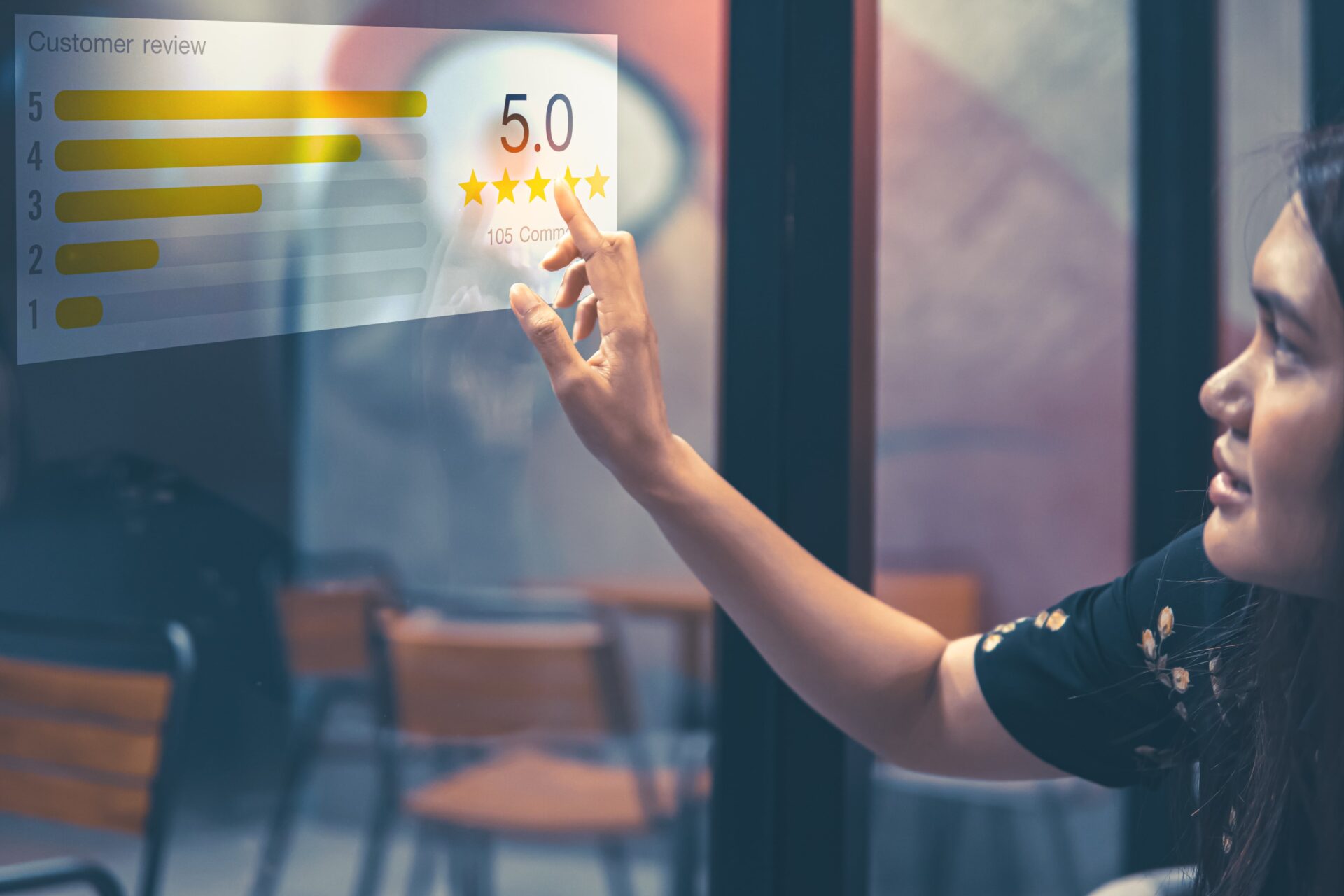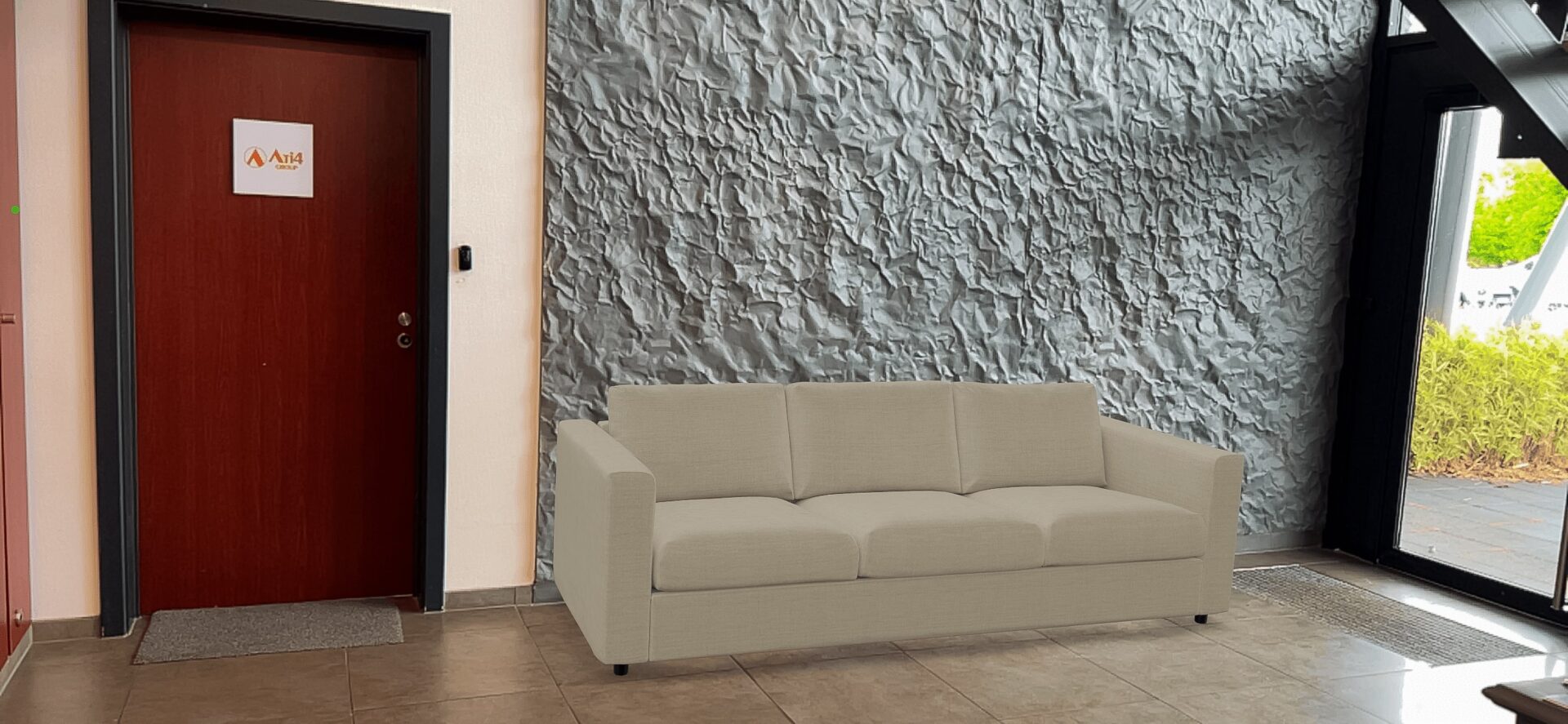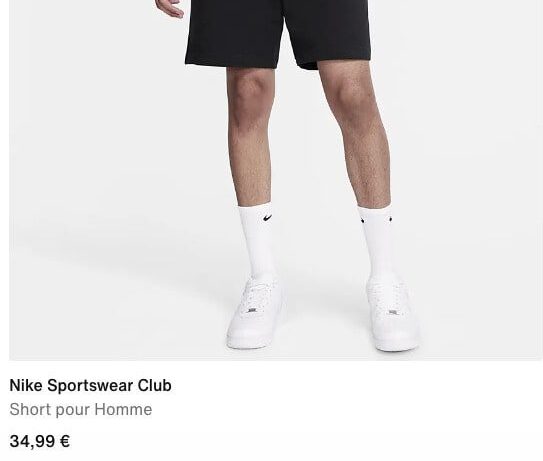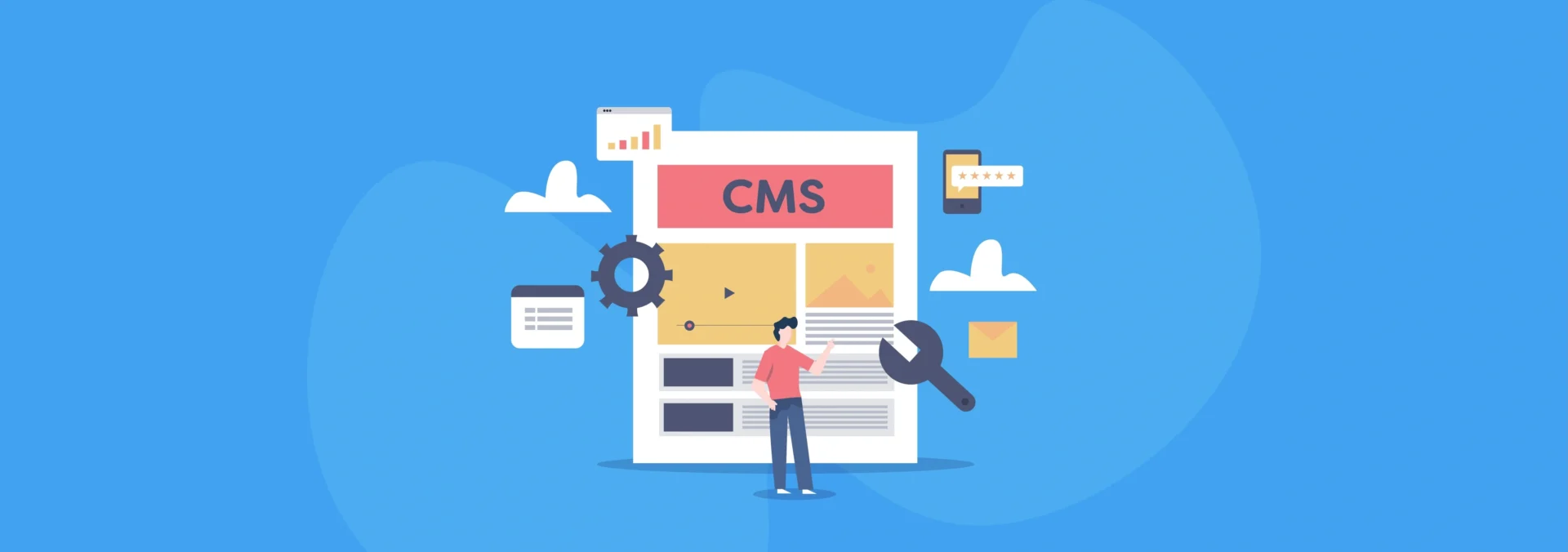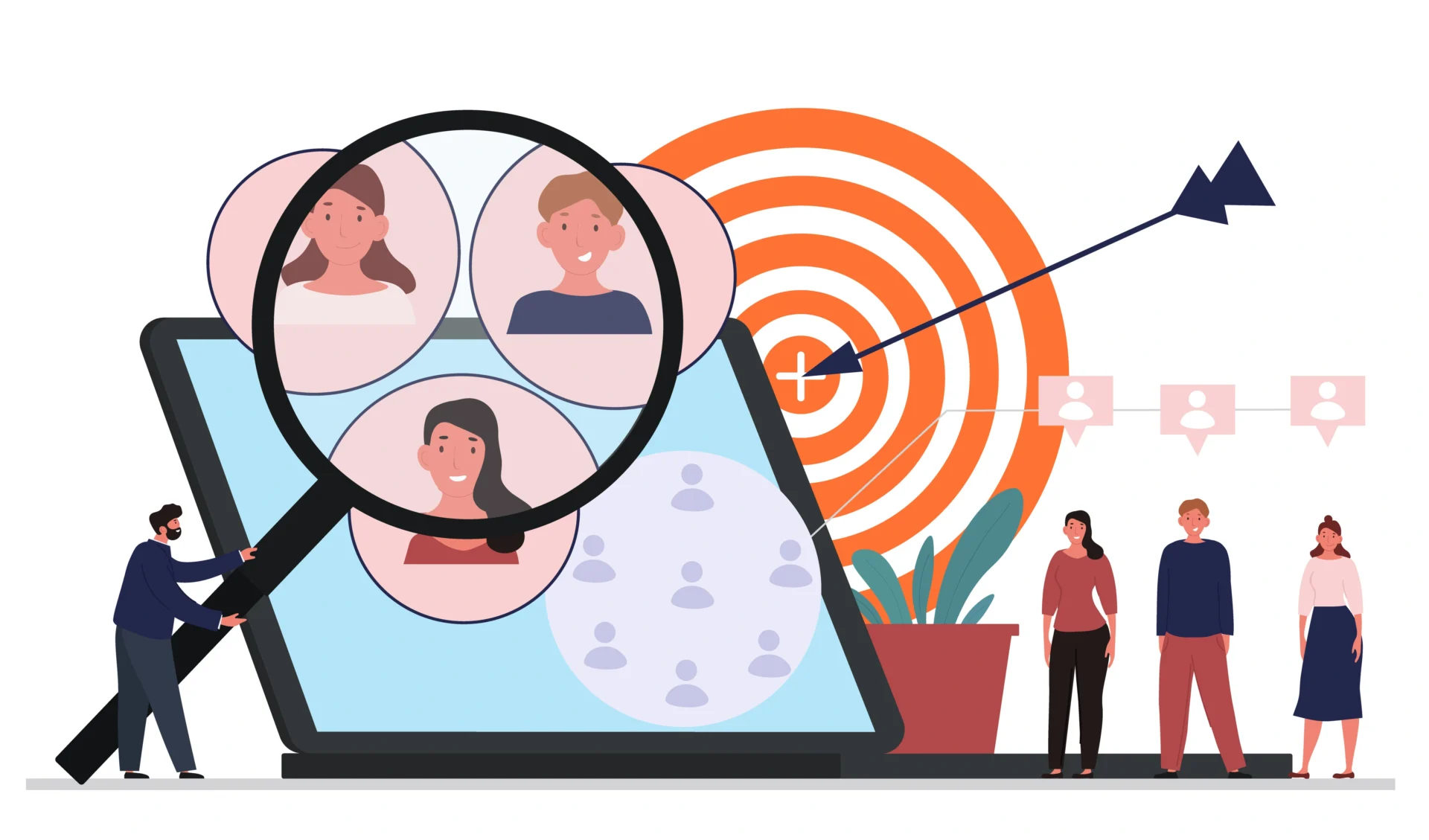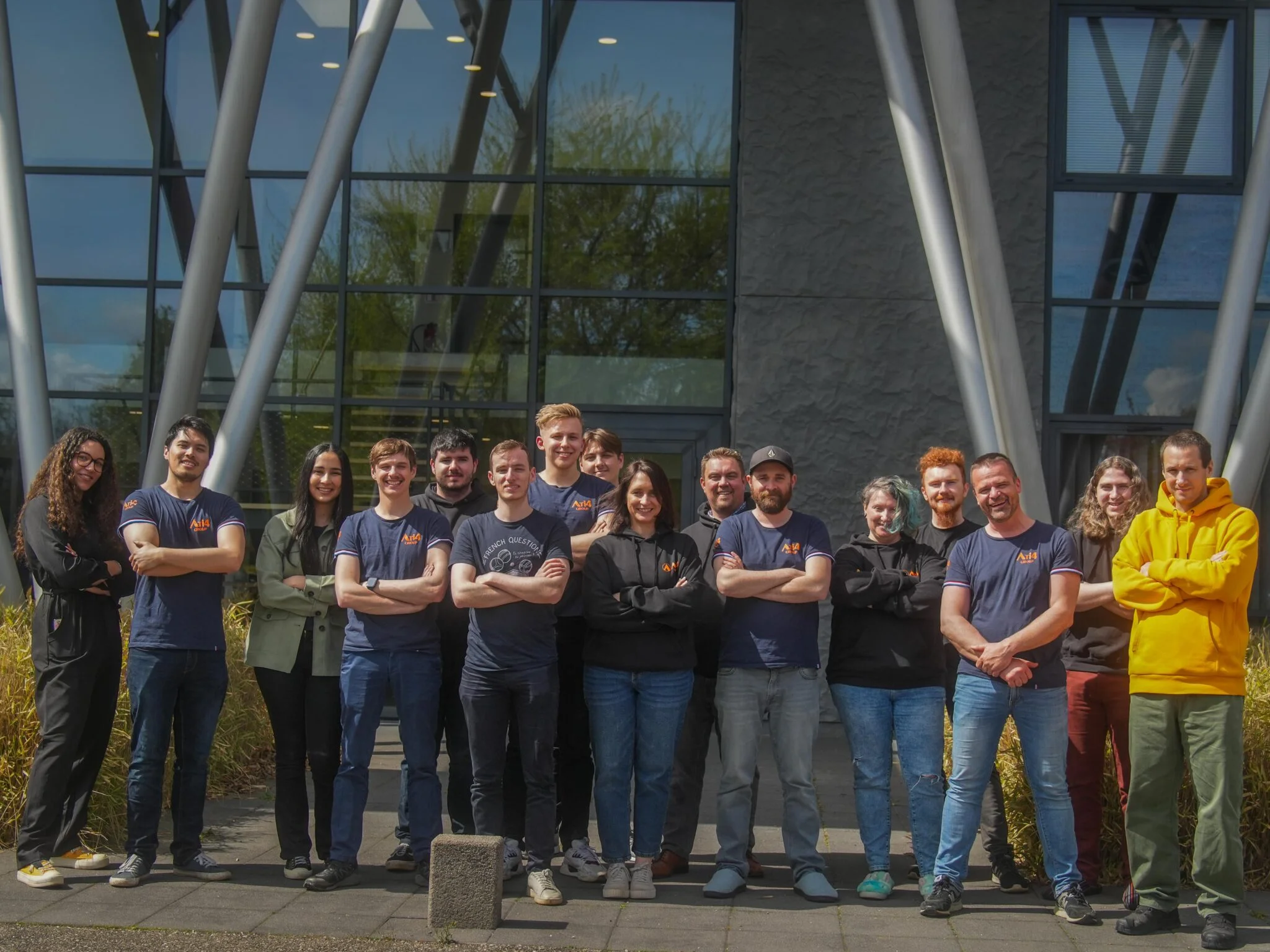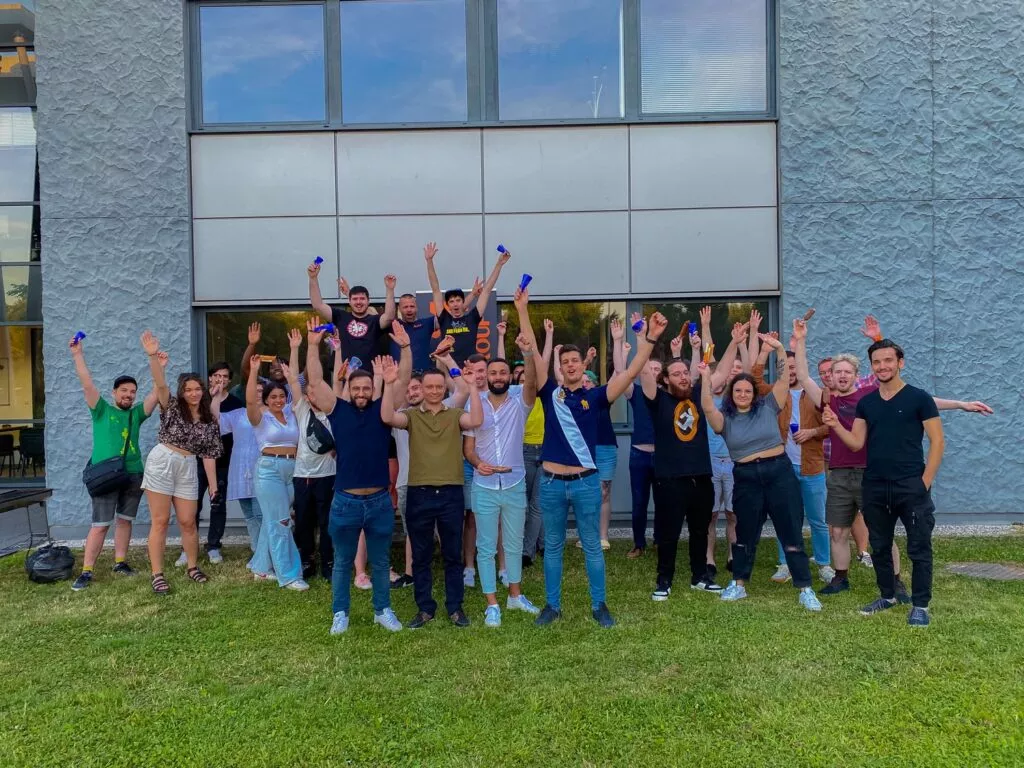B2B: When businesses embrace the codes of consumer e-commerce.
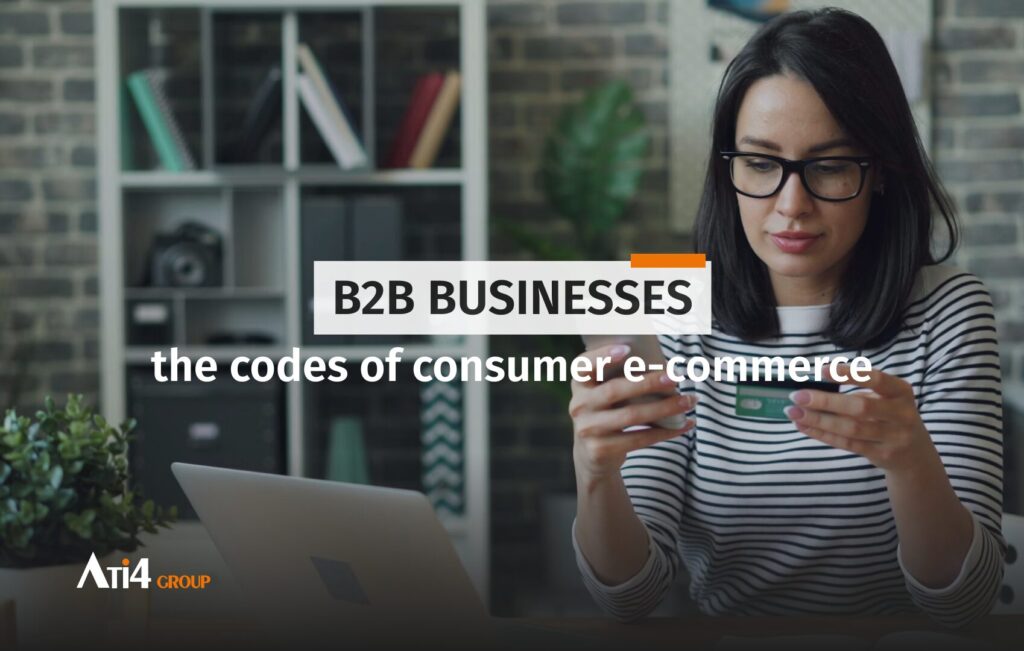
When we think of e-commerce, we often picture a consumer comfortably seated on their couch, placing an order from a computer or smartphone. Yet, another reality of e-commerce deserves our full attention: B2B.
Here, the client doesn’t buy a single item, but places large-scale, often complex orders. These purchases require tools capable of handling technical and technological integrations, with a strong emphasis on customization and customer relationships.
B2C or B2B—it doesn’t matter: usages are evolving, expectations too. And with them come new buying and selling dynamics in the market. Today, many factors influence purchasing behaviors and how a brand interacts with its customers.
It’s worth repeating: B2B e-commerce is booming. In 2024, it was worth $22 trillion globally, with projections exceeding $57 trillion by 2030. That’s an estimated annual growth of nearly 18% (Reddit, JDN). It’s a real opportunity to boost your revenue.
So, how should you adapt your sales approach to meet the expectations of this new kind of customer? A customer who shops differently and expects richer, more personalized digital experiences? Our team of experts shares a few insights.
A new generation of professional buyers
The behavior of B2B buyers has undergone a profound shift. We too often forget that a B2B customer becomes a B2C customer once they get home. So in 2025, the days of paper brochures and order forms are long gone.
Today’s consumers:
- begin their research independently, well before speaking to a sales rep,
- rely on comparison tools, reviews, client testimonials, and benchmarks,
- browse from their phones between meetings or place orders directly through their company’s internal tools.
The result: anything that isn’t intuitive, fast, and self-explanatory is seen as a barrier, or even as unprofessional. In other words, it’s no longer acceptable.
This shift is largely due to the fact that today’s B2B buyers no longer resemble yesterday’s. Accustomed to seamless online shopping in B2C, they naturally carry those expectations into their professional environment. This new generation of buyers, mainly millennials and Gen Z, prioritizes autonomy, speed, and simplicity in the buying process.
They want platforms that allow them to easily compare offerings, access product information instantly, and complete purchases without lengthy negotiations. They expect all the conveniences and tools they’re used to in B2C, but in B2B. They want intuitive interfaces, simple buying journeys, and self-service tools that give them control over their decisions.
The line between the two sales processes is getting thinner, and more and more of our clients are asking for help evolving their e-commerce to reflect this reality.
Why did B2B take so long to go digital?
For a long time, B2B businesses believed digital didn’t apply to their world. Too complex, too specific, too “human.” But in truth, these arguments masked a comfort zone rooted in relationship-based sales models.
Several shifts have accelerated the change:
- Shorter buying cycles
- Buyers switching companies more frequently
- Inflation driving price comparison… and web benchmarking
- Platforms like Amazon Business creating new standards for availability, logistics, and UX
Today, poor digital performance isn’t just a weakness—it’s a strategic error.
Your website now influences decisions. In many RFPs or outreach efforts, the first reflex is to visit the supplier’s site. And that’s where everything can fall apart: no pricing displayed, confusing checkout process, slow load times, no testimonials or recent case studies… all of this leads to abandonment. Even with a good offer, you lose the lead before any contact.
Additionally, abandoned carts often reveal UX failures. B2B e-commerce teams see high drop-off rates at critical stages: online quotes, shipping options, product configuration. It’s not just customer whim—it’s a lack of clarity, personalization, or usability. A buyer who abandons is a prospect lost.
Outdated models that no longer work
For a long time, B2B companies operated using heavy, complex, even outdated systems. Orders were still shared via PDF attachments, and pricing access was reserved for those with a dedicated sales rep. What once seemed normal now creates friction.
Common scenario: a buyer wants to compare several suppliers. First site: no prices unless you log in. Second: downloadable Excel catalog. Third: no info on delivery times or stock. Result ? The buyer goes back to Google, finds a clear, responsive marketplace, and orders without looking back. This isn’t just annoying, it costs you business.
The signs are clear:
- Abandoned carts are rising, even in urgent professional use cases
- Traditional B2B distributors are losing ground to hybrid platforms and marketplaces
- Regular clients bypass the website to call directly, a sign the digital journey isn’t working
These aren’t bugs. They’re symptoms. And they point to a deep disconnect between expected experience and what’s actually delivered.
At ATI4 Group, our experts help you implement the right tools for managing your product catalog or automating your tasks.
You free up time, without losing control. You stay focused on your core business, and we handle the rest.
The B2C codes that B2B is adopting
This isn’t a trend. It’s a deep transformation. B2B is adopting consumer e-commerce habits… with a professional twist. We’re not talking about copying B2C pixel for pixel, but rather adapting the most effective mechanisms to B2B challenges.
On the buying journey side, we simplify everything. Say goodbye to complex site trees and 9-step checkouts. Today’s top-performing B2B platforms offer simple, clear flows—with the ability to quickly reorder known products or repeat past orders in one click.
In terms of payment, like in B2C, clients want options. In B2B, this translates into 30- or 60-day payment terms, integrated billing portals, or partnerships with deferred payment solutions tailored to professionals.
Search becomes predictive, filters are contextual, and product pages are mobile-optimized. Because a buyer might be browsing from a construction site, warehouse, or between meetings.
They also expect features like quote generation, access to invoices, delivery tracking, and reordering—all without talking to a sales rep. B2B clients want autonomy, and it’s a time-saver for your business too.
And of course, client reviews, product ratings, video testimonials, use cases… what reassures in B2C works just as well in B2B. Buyers want guarantees, not promises.
Positioning your B2B e-commerce as a growth engine
B2B digitalization doesn’t replace human relationships, it reshapes them. The role of the sales team evolves: no longer manually handling every order, they become experience facilitators, focused on value, not execution. The “digital + human” duo becomes the new standard. E-commerce platforms handle repetitive tasks while salespeople focus on high-value topics: personalization, solving complex problems, strategic support.
This evolution breathes new life into customer relationships by reducing administrative burden and freeing up time for tailored solutions.
But it also requires internal reorganization. Companies must align sales, marketing, and digital teams around the customer journey, not their org chart.
Digitally mature companies record up to 2x more e-commerce growth than their competitors. Why? Because they don’t see their site as just another channel, but as the foundation of sustainable commercial transformation.
Of course, this requires investment: ERP, PIM, redesigns… It also means training your sales teams in data analysis, UX, and digital relationship management.
But above all, it unlocks a unique field of innovation, where B2C is saturated: dynamic pricing (sliding scales), product configurators, behavioral scoring, etc.
In 2025, B2B e-commerce is no longer optional—it’s a strategic necessity. Businesses must blend digital innovation, personalization, intelligent automation, eco-design, and omnichannel thinking to meet professional buyers’ expectations.
Do you have an e-commerce project in mind ? Our B2B experts are here to support you.
Find out what’s new at the company.
Because mixing fun and work is at the heart of our philosophy, we always try to make a special place for it in our business life.



